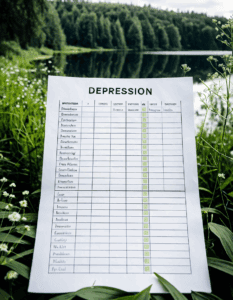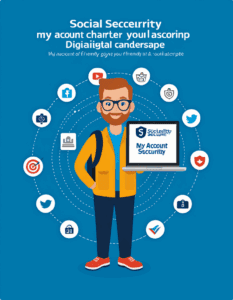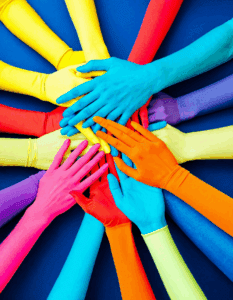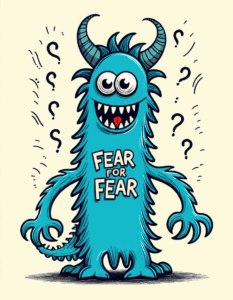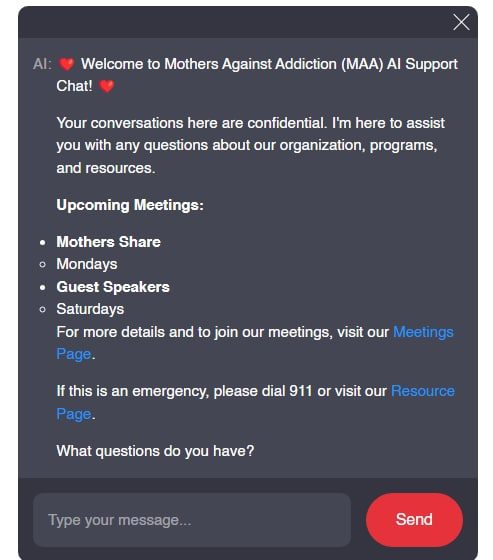Digital addiction, it’s sneaking up on us like a thief in the night. The world today is saturated with devices and screens, making it so easy for us—and more worryingly, our children—to fall into the trap of digital addiction. This impulse control disorder involves the obsessive use of digital devices, technologies, and platforms like the internet, video games, mobile devices, and social networks. To grasp the seriousness of this crisis, consider that the World Health Organization has classified digital addiction as a behavioral disorder. This underscores its severe implications on mental health and well-being.
The Rise of Digital Addiction: Examining the Scope
Since technology has become an inextricable part of our daily lives, both adults and children are frequently engulfed by screens—for work, school, or simply for leisure. The insidious nature of digital addiction means it can creep up on anyone, turning a harmless activity into a compulsive behavior. Research suggests that the percentage of individuals experiencing some form of digital addiction is on the rise. According to WHO, it’s classified now as a behavioral disorder, which only underlines just how bad this issue has become.
Ground zero for this crisis often starts at home. Picture this: it’s dinnertime, but instead of engaging in family conversation, everyone’s heads are buried in their devices. This scenario is becoming all too familiar, don’t you think? Even in professional adult lives, endless screen-time has become the norm, fostering a culture that’s increasingly plugged into a digital matrix.
Key Symptoms and Warning Signs of Digital Addiction
Pinpointing digital addiction is tricky, but certain symptoms are telltale signs. Knowing these can help you intervene early:
Parents might notice their child suddenly losing interest in sports, arts, or face-to-face time with friends. A child feeling jittery, anxious, or snapping when asked to put their device down is another red flag. Lastly, if school grades are plummeting or chores are being neglected, it’s time to take a closer look.
| Aspect | Description | |
| Definition | Digital addiction is an impulse control disorder characterized by obsessive use of digital devices, technologies, and platforms like the internet, video games, online platforms, mobile devices, and social networks. | |
| Causes | – Escaping from negative thoughts such as lack of social or family support – Alleviating feelings of anxiety and irritability rather than for enjoyment |
|
| Symptoms | Physical: – Body aches – Carpal Tunnel Syndrome – Insomnia – Vision problems – Weight gain/loss Emotional: |
|
| Common Types | – Internet addiction – Video game addiction – Social media addiction – Mobile phone addiction |
|
| Effects | – Physical: Chronic aches, repetitive strain injuries, sleep disturbances, vision impairment, weight fluctuation – Emotional: Depression, deceitful behavior, heightened anxiety, social withdrawal, increased aggression, mood instability |
|
| Treatment Options | – Cognitive Behavioral Therapy (CBT): Helps restructure how patients view and use technology positively | |
| Prevention Strategies | – Set time limits on technology use – Engage in offline activities and hobbies – Encourage face-to-face social interactions – Create technology-free zones and times |
|
| Support Resources | – Counseling services – Support groups for affected families – Educational workshops for parents and children |
|
| Recommended Organizations | – Mothers Against |
Case Studies: Real-Life Examples of Digital Addiction
Real-life stories paint an even starker picture. Let’s dive into two telling examples:
Jane’s Battle with Smartphone Dependency
Jane, a bright high school student, gradually became glued to social media platforms like TikTok and Instagram. What seemed like regular use transformed into an obsession. Her grades took a nosedive, and she started isolating herself, choosing online interactions over real-world connections. Jane’s parents, noticing their once-vibrant daughter turning into a recluse, finally intervened by seeking therapy. It wasn’t easy, but they managed to pull her back from the brink.
Michael’s Escape into Online Gaming
Michael, a talented software engineer, sought comfort in online gaming after a tough day at work. This hobby soon spiraled into an all-consuming dependency. He skipped meals, missed work deadlines, and suffered severe sleep deprivation. Michael’s personal and professional life started crumbling until he realized that he needed help. Cognitive behavioral therapy became his lifeline, helping him reshape his relationship with technology.
The Impact of Digital Addiction on Families and Relationships
Digital addiction doesn’t just haunt individuals; it shakes families and relationships to their core. Children, spending heaps of time online, often drift away emotionally and physically from their parents. This weakens family bonds and leads to feelings of isolation. Adults, engrossed in their devices, often experience marital discord, as meaningful communication fades into the background.
Dr. Michael Fenichel, a renowned psychologist, states, “Families are facing an unprecedented challenge, where the digital world competes fiercely with family time.” This competition erodes the very fabric of familial relationships, leaving parents feeling disconnected from their kids and spouses turning into strangers. Strong family bonds, a crucial defense against grief and hardship, are now more necessary than ever to withstand the digital storm. There’s even a nod to family fun lost, as exemplified by the decline of places like the Flashback Diner, where people once engaged in face-to-face conversations.
How Social Media Platforms Contribute to Digital Addiction
It’s not just the availability of devices; social media platforms are a significant contributing factor to digital addiction.
The Algorithm Trap: Facebook and Instagram
These platforms use complex algorithms to maximize engagement, showing content tailored precisely to user preferences. This leads to endless scrolling—where one video or post turns into hours of screen time.
The Influence of FOMO: Snapchat and TikTok
Ever heard of FOMO, or Fear of Missing Out? Platforms like Snapchat and TikTok amplify this fear. They constantly update users with real-time trends, convincing them they must stay in the loop, fueling addictive behaviors.
Strategies for Managing and Preventing Digital Addiction
Though digital addiction is formidable, it’s not insurmountable. Here are expert-recommended strategies for families:
Implementing Tech-Free Zones
Designate areas in your home as digital-free zones to encourage more face-to-face interaction. For example, make the dinner table a no-phone zone. This helps in carving out time for meaningful conversations, reinforcing stronger family bonds.
Setting Boundaries
Set specific times for digital use. Utilize monitoring tools like Apple’s Screen Time or Google’s Digital Wellbeing app to limit device usage. Creating boundaries helps prevent technology from monopolizing your life.
Encouraging Alternative Activities
Promote hobbies and activities that balance digital and real-world experiences. Engage in family sports, board games, or outdoor adventures. Diversifying activities reduces the unhealthy dependency on screens.
Resources for Parents: Seeking Help and Support
Parents play a pivotal role in addressing digital addiction. Organizations like “Mothers Against Addiction” (MADA) offer invaluable resources and support for families. MADA provides workshops on recognizing addiction signs, coping strategies, and counseling services. Participating in these programs can be the first crucial step in combating digital addiction.
The Road Ahead: Embracing a Balanced Digital Lifestyle
As we tread through the digital age, cultivating a balanced lifestyle with technology is achievable. Acknowledging the signs and impacts of digital addiction, alongside implementing management strategies, ensures healthier interactions with technology. This collective effort involves individuals, families, and communities working together to navigate these digital waters efficiently.
It’s essential to foster awareness and resilience, echoing the compassionate tone of Brené Brown and the resilience of Elizabeth Vargas. By doing so, we shape a future where technology enriches rather than diminishes our lives. Mothers Against Addiction stands committed to supporting parents in their battle against digital addiction, providing a beacon of hope and resilience in these challenging times.
For more information on strategies to prevent digital addiction, check out The role Of education in addiction prevention, which offers insights on cultivating informed and resilient communities to face the challenge of digital addiction head-on.
Digital Addiction: A Silent Crisis Among Us
Surprising Facts and Trivia
Digital addiction can sneak up on you faster than you might guess. One jaw-dropping fact is that we pick up our smartphones more than 58 times a day on average. This constant checking isn’t quite the same as how long opioids stay in your system, but the compulsion can be just as powerful. Interestingly, the triggers for digital addiction often stem from peer pressure And addiction, where fitting in digitally has become almost as crucial as it is in real life.
How about a film trivia to lighten things up? Did you know, despite the complexities of modern technology, some of the cast For Skyfall managed to keep their tech use in check even on set? It seems not everyone falls victim to digital addiction! On the flip side, Harm reduction Strategies are being adapted to address digital addiction—strategies originally crafted to combat substance abuse. It’s a fascinating evolution of techniques as societies adapt to new forms of dependency.
Speaking of strange bedfellows, it’s somewhat ironic that as mortgage rates evolve, investments like Inversiones Inmobiliarias grow in importance while some struggle to cut down screen time. It’s proof that both financial and digital worlds keep pushing us into new territories. Even though the nature of different addictions varies, virtually every form—from nicotine to smartphones—impacts our daily lives profoundly.
So, there it is—navigating this silent crisis involves more than just putting down your phone. It’s about understanding the complexities involved and implementing effective strategies, much like keeping up with Mortgge rates in an ever-fluctuating market. Here’s to hoping this eye-opening information encourages better digital habits and balanced living.
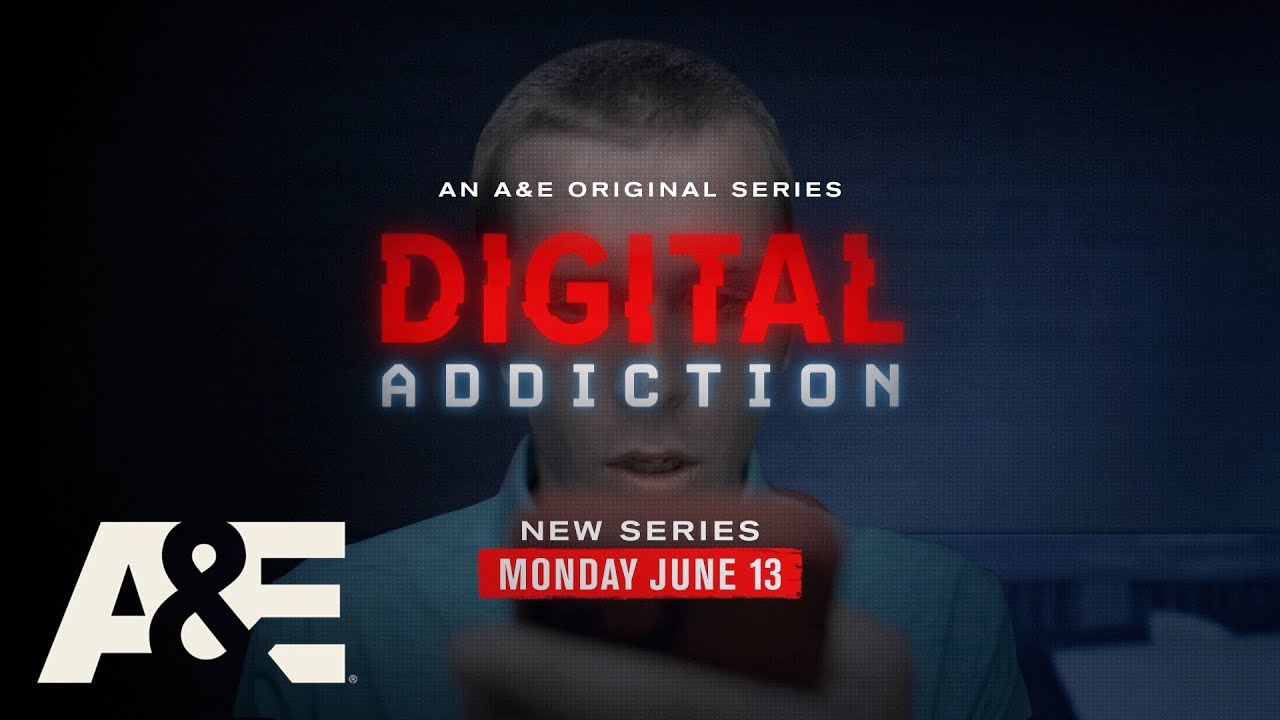
How to break digital addiction?
Breaking digital addiction starts with setting clear boundaries and sticking to them. Limiting screen time, turning off notifications, and creating tech-free zones can help. It’s also important to replace screen time with other fulfilling activities like exercise, reading, or spending time with loved ones. Small steps, like not checking your phone first thing in the morning, can make a big difference.
What is the treatment for digital addiction?
Cognitive behavioral therapy is a great way to treat digital addiction. It helps people restructure the way they think about and use technology. Therapy sessions focus on developing healthier habits and coping mechanisms for dealing with anxiety or loneliness that often drive addictive behaviors.
What is an addiction to technology?
Addiction to technology happens when someone uses tech devices excessively to relieve feelings of anxiety or irritability. This isn’t about enjoying a game or social media, but rather using them as an escape route from negative emotions.
What are the problems of digital addiction?
The problems of digital addiction are both physical and emotional. Physical issues can include body aches, Carpal Tunnel Syndrome, insomnia, vision problems, and weight changes. Emotionally, it can lead to depression, dishonesty, anxiety, social isolation, aggression, and mood swings.
How do I detox myself digitally?
Digital detox involves taking a break from digital devices to reduce stress and improve mental health. Start by setting specific times when you won’t use your devices, such as during meals or an hour before bedtime. Engage in alternative activities that don’t involve screens to help reset your relationship with technology.
Is it possible to digital detox?
Yes, it’s definitely possible to do a digital detox. It involves taking intentional breaks from digital devices and creating a balance between online and offline activities. The goal is to reduce reliance on technology and improve overall well-being.
What are the 5 ways to stop technology addiction?
To stop technology addiction, you can: 1) Set time limits for tech use, 2) Create tech-free zones in your home, 3) Find alternative hobbies, 4) Avoid using tech as a crutch for negative emotions, and 5) Seek support from friends, family, or therapy.
What are the signs of screen addiction?
Signs of screen addiction include inability to control usage, losing track of time while on devices, neglecting personal or professional responsibilities, and feeling anxious or upset when not using screens.
Is internet addiction a mental disorder?
Yes, internet addiction is considered a mental disorder. It’s characterized by an excessive and uncontrolled use of the internet leading to dysfunction in daily life and distress.
How to get rid of internet addiction?
To get rid of internet addiction, gradually reduce your internet usage by setting specific times for being online and sticking to them. Find offline alternatives to engage in and seek support if needed to help manage and reduce dependence on the internet.
What are signs of technology addiction?
Signs of technology addiction include preoccupation with tech use, withdrawal symptoms when not using devices, increasing usage over time, and neglecting important activities, tasks, and relationships due to tech use.
What does internet addiction look like?
Internet addiction looks like spending excessive hours online to the point it starts affecting daily lives, like missing work, school, social engagements, or experiencing withdrawal when unable to access the internet.
How do you beat digital addiction?
Beating digital addiction involves setting strict limits on tech use, gradually decreasing screen time, finding alternative activities, and possibly seeking professional help if necessary. Support systems like friends or family can provide additional help and encouragement.
Is digital addiction a real thing?
Yes, digital addiction is a real thing. It’s recognized as an impulse control disorder where individuals obsessively use digital devices and platforms to manage feelings of anxiety or other negative emotions.
What is digital addicts?
Digital addicts are individuals who use digital devices excessively and obsessively. This behavior often stems from the need to escape or manage negative thoughts and feelings rather than for pleasure or productivity.
How to get out of technology addiction?
Getting out of technology addiction involves recognizing the problem, setting boundaries, gradually cutting down on tech use, and replacing screen time with other engaging activities. Professional help can also be beneficial.
How to break a digital habit?
Breaking a digital habit is much like breaking any other habit. Start with small, manageable goals, gradually build new routines, and replace the habit with a healthier activity. Consistency is key.
How do I escape digital detox?
To escape a digital detox, focus on balancing your tech use rather than completely eliminating it. Integrate mindful practices, set clear boundaries, and gradually reduce screen time instead of going cold turkey.
How to overcome computer addiction?
Overcoming computer addiction requires setting strict usage limits, finding alternative hobbies, engaging in social activities offline, and seeking help if you struggle to manage it on your own. Positive reinforcement and accountability are crucial.









